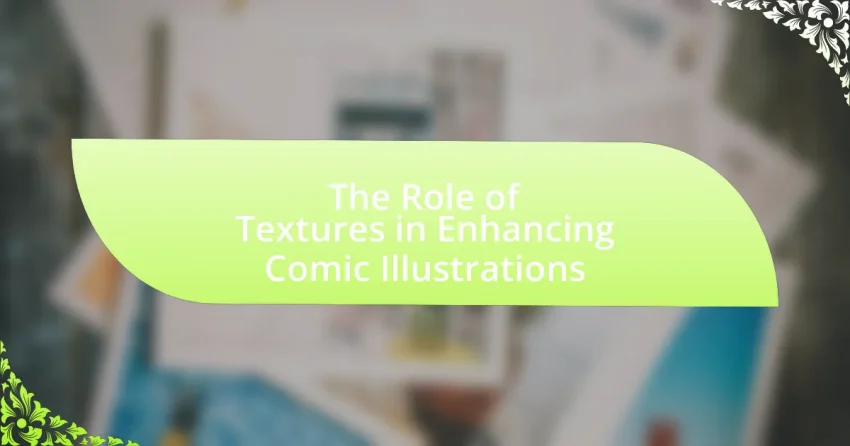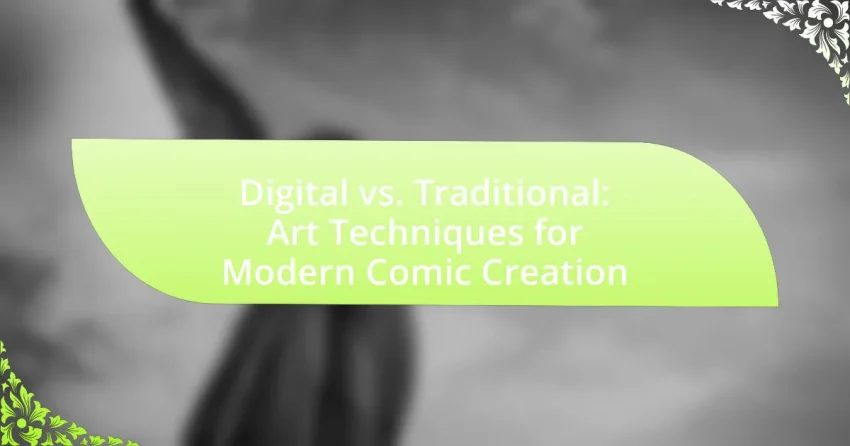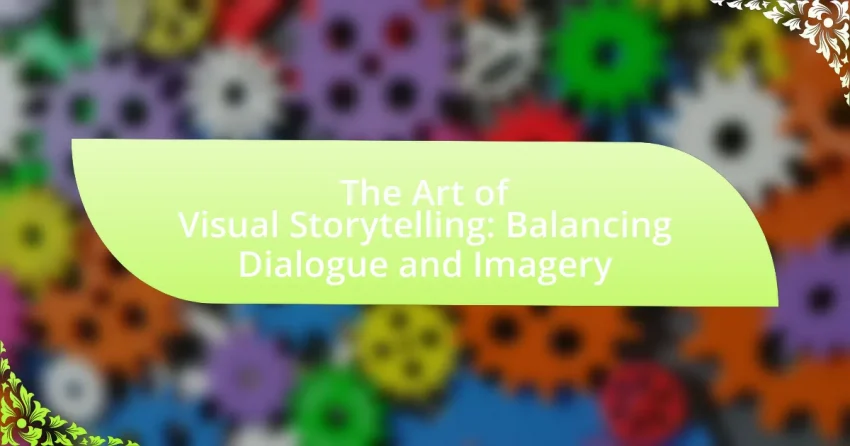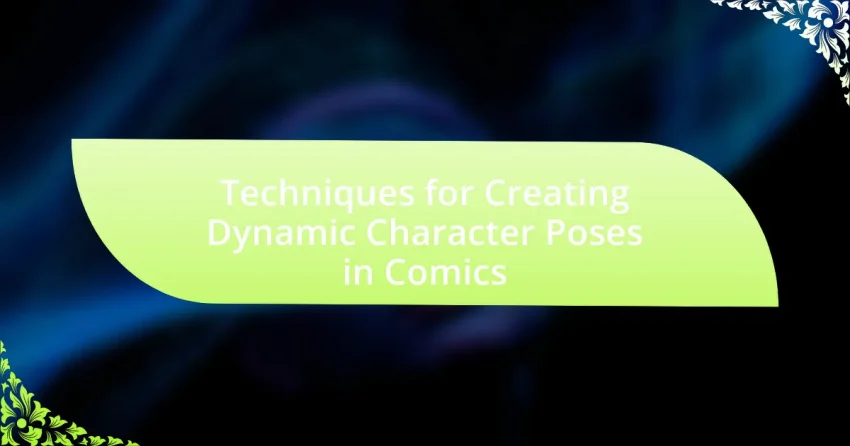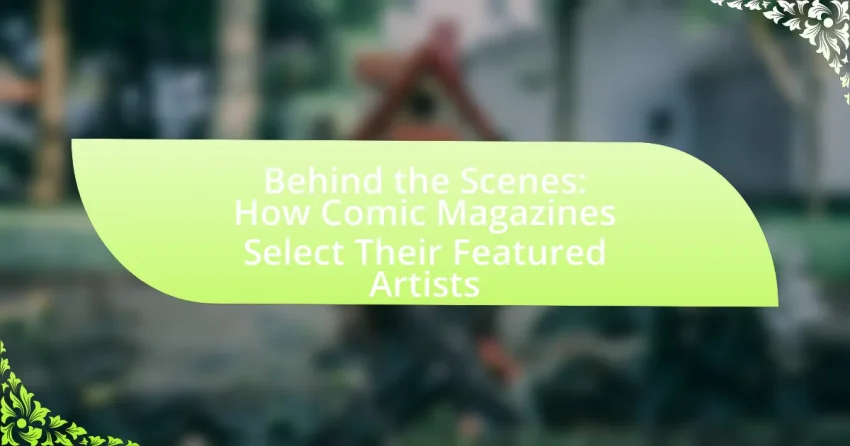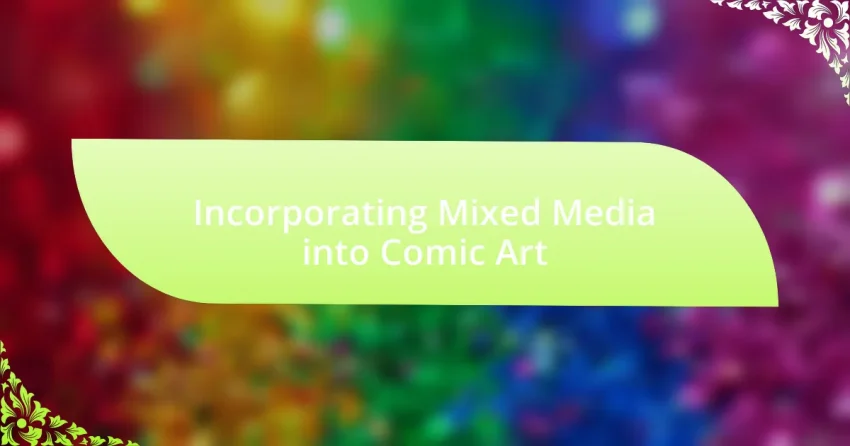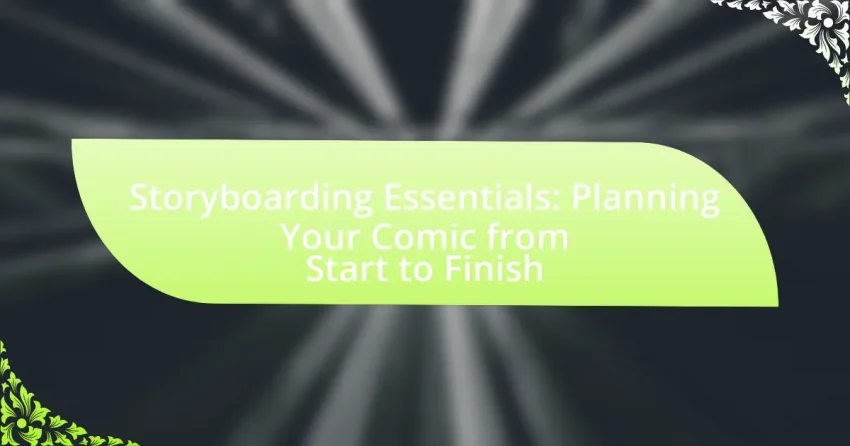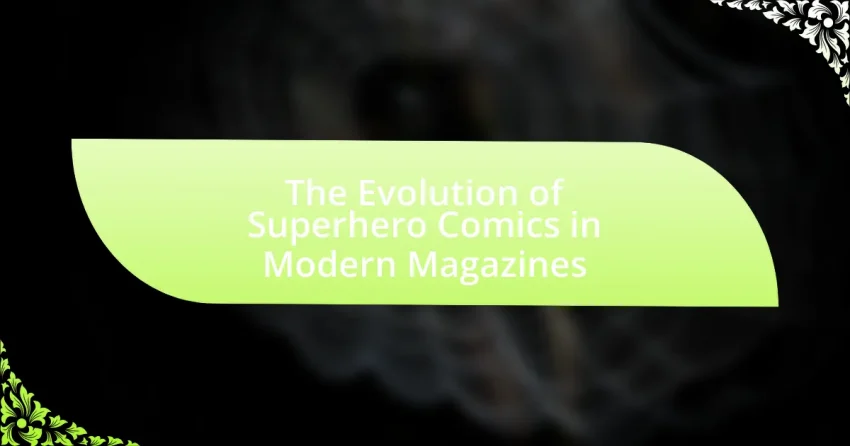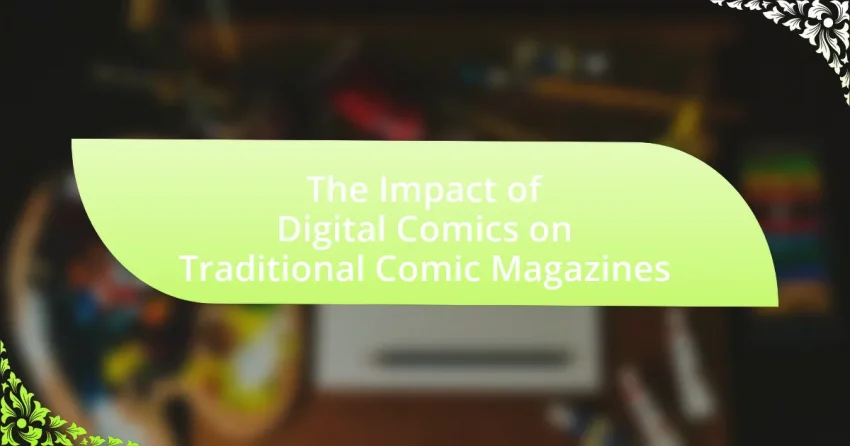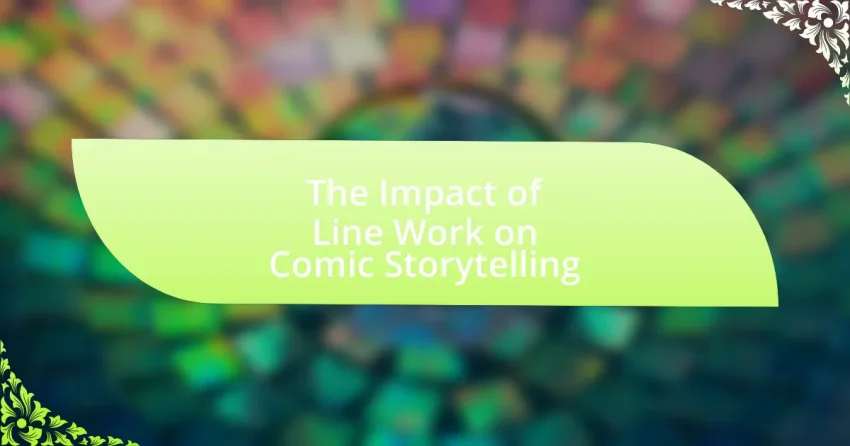The article examines the critical role of textures in enhancing comic illustrations, highlighting how they contribute to depth, dimension, and emotional resonance within the artwork. It discusses various types of textures, such as cross-hatching and stippling, and their impact on mood, character development, and storytelling. Additionally, the article addresses the techniques artists can employ to…
Digital vs. Traditional: Art Techniques for Modern Comic Creation
The article examines the key differences between digital and traditional art techniques in comic creation, highlighting how each medium influences the artistic process, efficiency, and final outcomes. It discusses the unique characteristics, advantages, and disadvantages of both digital and traditional methods, as well as the factors that influence an artist’s choice of medium. Additionally, the…
The Art of Visual Storytelling: Balancing Dialogue and Imagery
The Art of Visual Storytelling focuses on conveying narratives through visual media, such as images and videos, rather than relying solely on text. This article explores the differences between visual and traditional storytelling, emphasizing the importance of imagery, composition, color, and narrative structure in engaging audiences. It discusses the role of dialogue in enhancing visual…
Techniques for Creating Dynamic Character Poses in Comics
The article focuses on techniques for creating dynamic character poses in comics, emphasizing the importance of exaggerated proportions, strong lines of action, and foreshortening. It explores how dynamic poses enhance storytelling by conveying emotion, action, and character personality, while also discussing foundational principles such as balance, movement, and exaggeration. Additionally, the article addresses common mistakes…
Behind the Scenes: How Comic Magazines Select Their Featured Artists
The article “Behind the Scenes: How Comic Magazines Select Their Featured Artists” examines the critical factors influencing the selection of artists for comic magazines, including artistic style, marketability, and relevance to current trends. It outlines the processes used by magazines to identify potential artists, evaluate portfolios, and consider audience preferences, emphasizing the importance of previous…
Incorporating Mixed Media into Comic Art
Incorporating mixed media into comic art involves the integration of various artistic materials and techniques, such as paint, collage, digital elements, and photography, to enhance visual storytelling. This approach allows artists to create diverse textures and layers, enriching the narrative experience and engaging readers on multiple levels. Key techniques include collage, digital manipulation, and traditional…
Storyboarding Essentials: Planning Your Comic from Start to Finish
The article “Storyboarding Essentials: Planning Your Comic from Start to Finish” focuses on the critical role of storyboarding in comic creation. It outlines the fundamentals of storyboarding, including visualizing narratives, organizing panels, and establishing pacing, which are essential for effective storytelling. Key elements of a successful storyboard, such as character development and scene composition, are…
The Evolution of Superhero Comics in Modern Magazines
The article examines the evolution of superhero comics in modern magazines, highlighting significant changes in storytelling, art styles, and cultural relevance since their inception in the late 1930s. It discusses key milestones, such as the introduction of iconic characters like Superman and Batman, and the impact of societal changes on narrative themes, including identity and…
The Impact of Digital Comics on Traditional Comic Magazines
The article examines the impact of digital comics on traditional comic magazines, highlighting a significant shift in consumer preferences towards digital formats. It discusses the decline in print sales, with digital comic sales increasing by 25% while print sales dropped by 15%, as reported by the Comic Book Industry Alliance. The article further explores how…
The Impact of Line Work on Comic Storytelling
The article examines the impact of line work on comic storytelling, highlighting its role in establishing visual clarity, emotional tone, and narrative pacing. It discusses how different styles of line work, such as clean lines, cross-hatching, and stippling, influence character expression and mood, as well as guide the reader’s eye through panels. The historical evolution…
